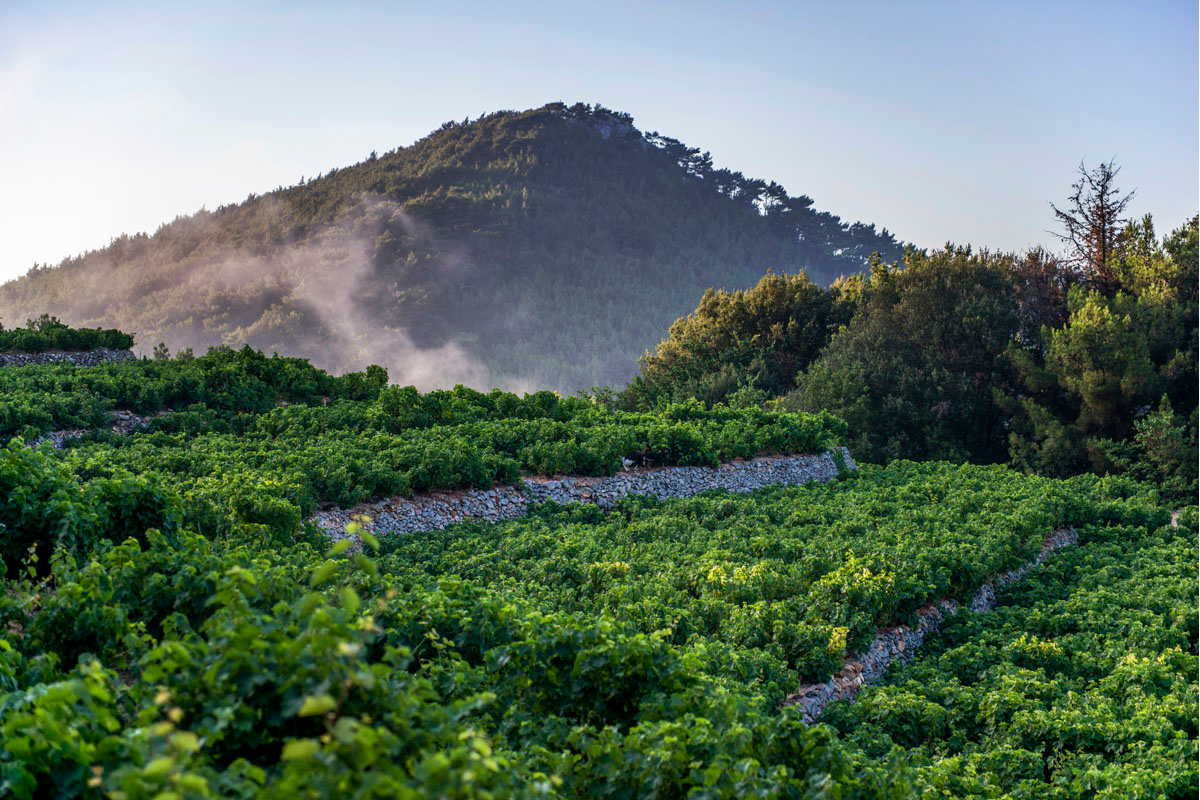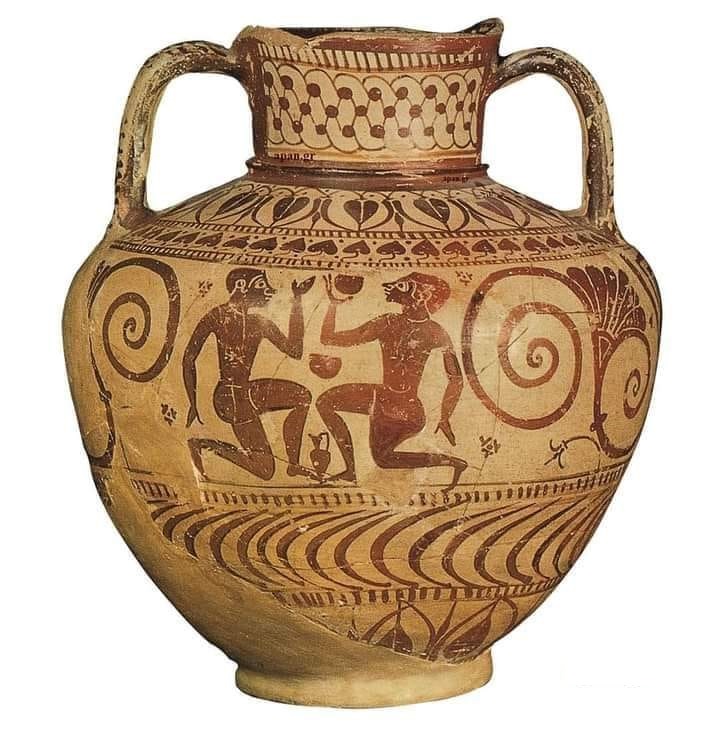Vine varieties in Samos

Towards the end of the 19th century, with the overvaluation of wine and raisins, the vineyards on Samos became huge and occupied a large part of the island.
The main types of vines cultivated were: “Agigarton, aetonihi, aigiannitiko, arapaki, asproudi, avgoulato, vasilostafylo, giannakaki, gemero, eftakilo, katinparmaki, kariotaki, kartziotis, karydato, katikaras, kirkises, klaruda, kokineli, krikinostafylo, kolokythato, kotzanites, kountoura white and black, kusadasiano, kritzanisto, lafka, marouda, moshodiafylo, white muscat, black and eastern, begleri, begleri kusandiano, blond aetonihi, panagias klima, pebeozumi, periki, proimadi, ritino, rozaki, roditis, russo samia, samozumi, sapetis, seriki, sideritis, skylopnihtis, tzausi, tzekerdexide, fokiano, himoniatiko, chondroretino, chondrostafylo”. From these vines, the farmers produced the Samian wines and especially the anthosmias.
Gradually, in the 20th century, many of these types were abandoned. What prevailed among the cultivated vine varieties was Muscat of Samos as white wine and Fokiano as red wine as they occupied the largest area of Samian vineyards.
Ritino, Avgoustiatis and more rarely “Mavro”, “Roditis” and “Kokkineli” complete the whole range of the vineyards on Samos. Below are some basic facts about the main varieties produced in Samian vineyards.
MUSCAT OF SAMOS
Muscat of Samos is also known as Muscat white, Moshoudi, Moshostafylo. It is characterized by moderate vitality and productivity, with yields ranging from 500-1000kg per stremma. It is an aromatic variety and is cultivated for winemaking. The Muscat of Samos has been perfectly adapted to the special soil conditions of the island, as shown by the wonderful wines made from its must.
FOKIANO
Variety of Asia Minor origin. It is cultivated in Thessaloniki, Halkidiki, on the Aegean islands and sporadically throughout the country. Fokiano is also known as Samiotiko, Damaskino (Plum) or Damaskinato and Erikaras [from iri-Kara: black plum]. A variety of high productivity, with red coarse berries, pleasantly eaten as a fruit. The variety produces red wines of quite good quality, characterized by moderate alcoholic strength, moderate acidity and color.
RITINO
Ritino is a red variety that is grown sporadically in various parts of the country such as Evia, Magnesia, Samos, Ikaria and the Sporades islands. Its wine is of high alcoholic strength, of good acidity with moderate color. It is characterized by vigorous productivity and is drought-resistant.
AVGOUSTIATIS
Avgoustiatis belongs to a group of very rare Greek varieties, cultivated on a small area, by a few wine producers, but with impressive results of high quality. It is a red grape variety, which gives mainly red dry wines, leading the exploration of the global vineyard to the extreme. It originates from Zakynthos and is also cultivated in the Western Peloponnese, while it is also cultivated in a small area on the island of Samos. Avgoustiatis gives wines with deep, vivid, dark red color and intense aromas of ripe red fruits and Mediterranean herbs. These wines are usually aged in a barrel, while they have a round mouth, with a medium body, fine tannins and moderate to high alcohol.
[tta_listen_btn ”tta__listening_lang”:”en-US”]







